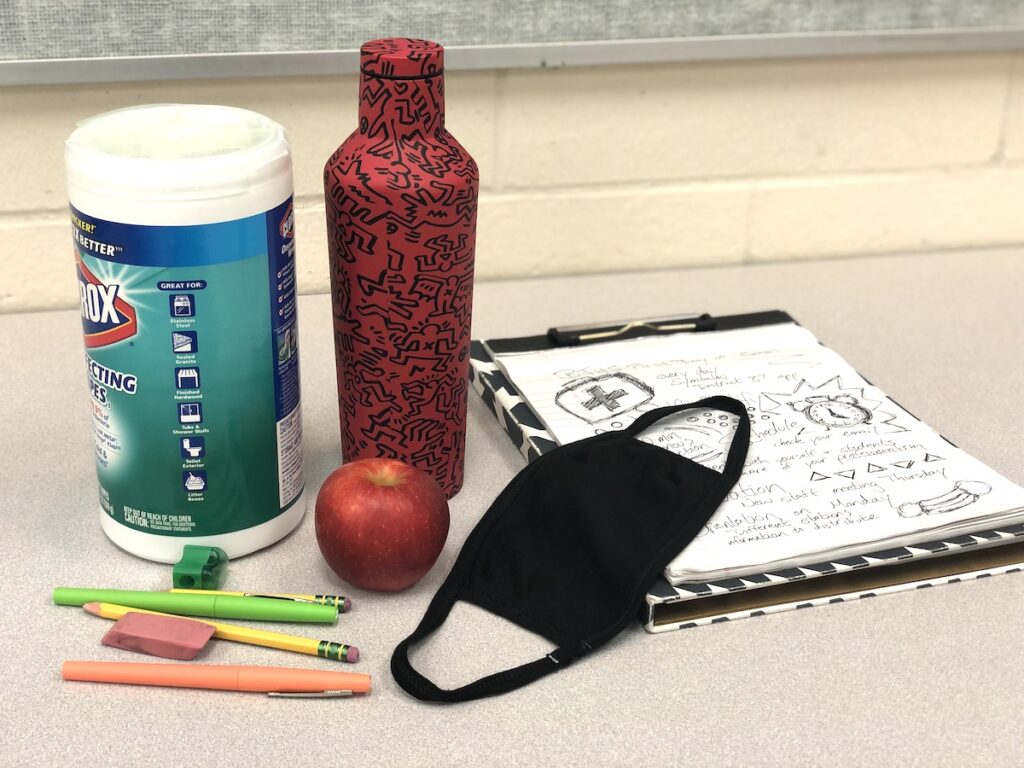
Educators have experienced a rollercoaster of emotions since schools first began to close in March. As more information came out about COVID-19, school districts began to develop their own plans for remote learning. At the time, many of us believed this would be temporary. We were told we would be shut down for a couple of weeks. The return date was delayed again and again. Eventually, many of us accepted that this pandemic would keep us home through the end of the school year.
We have been feeling this way for a while now. This isn’t what we signed up for.
Looking back, that finality of our circumstances was comforting. There was an end in sight. We weren’t happy about it, but soon it would all be over. We had bittersweet feelings as the school year ended without any closure or celebration. The summer months gave us some relief, but rumors about the coming school year were relentless. Just hearing the potential plans was stressful for many. How were we to keep our students safe? Who were we to look to for answers? Again, information varied and changed frequently.
A New Beginning
The typical back-to-school season lost its hopeful shine and was replaced with crippling anxiety. The job we all knew and loved was barely recognizable as we returned to work in the fall. Many of us put on a brave face and tried to be optimistic. We adapted. We pivoted. We put our best foot forward. Yet, no amount of planning or positive thought would sustain us.
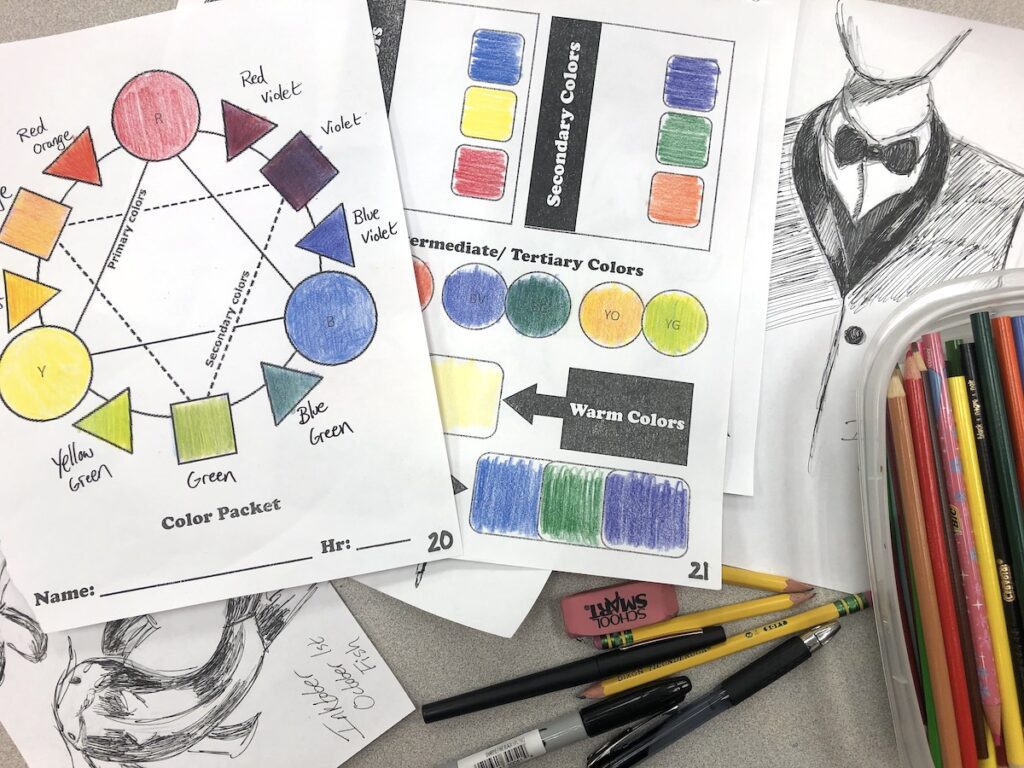
There was no universally shared experience for art teachers to reference, with every school district making their own plans and policies. Some of us remain teaching remotely; some are fully teaching in-person, while others teach in a hybrid model. Even within those three classifications, there are a wide variety of restrictions, schedules, and challenges. No one knows what they’re doing. We’re all just trying the best we can without a manual.
Romanticizing Our Past
Singer Joni Mitchell says, “Don’t it always seem to go that you don’t know what you got ’til it’s gone.” Human nature tells us to compare this new reality to what was once familiar. Before the pandemic, teaching had its challenges and frustrations, but those seem to pale in comparison now. We are constantly judging ourselves, our curriculum, and our student engagement with how we used to teach before.
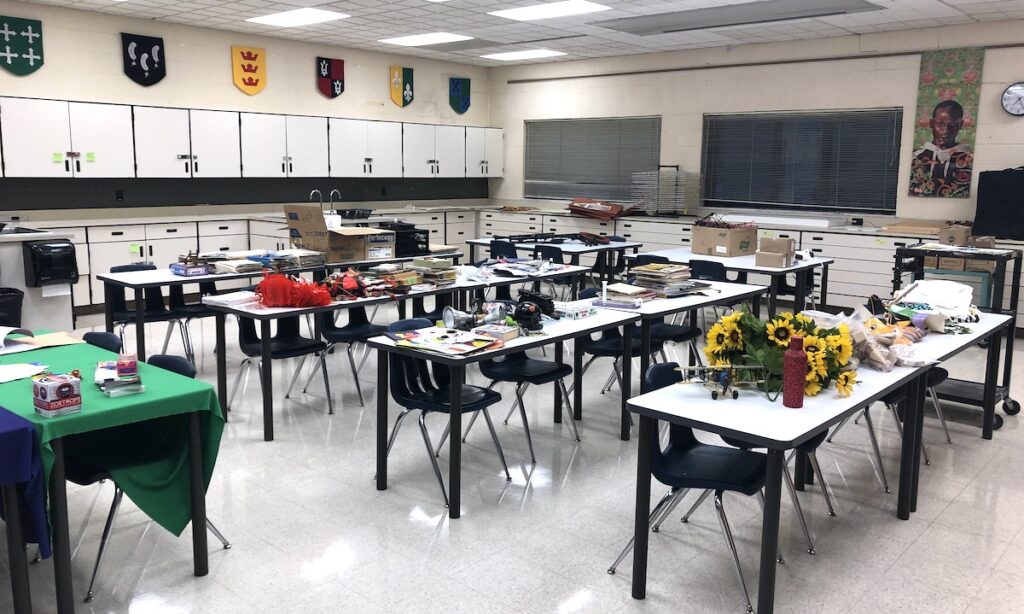
Months ago, we may have been concerned with over-crowded classrooms, disruptive students, or an imperfect schedule. Today, as we sit in front of a computer screen, teaching to quiet, faceless boxes, many of us would give anything to return to the way things were. Of course, we are finding new ways to engage with students. We do our best to get them talking and interacting with one another. It’s different, and it’s hard not to compare our experience to what we’ve always known as teachers and students.
We may need to consider truly practicing mindfulness and being present in today. We have to let go of our previous curriculum. Those conditions simply do not exist anymore and probably won’t for quite some time. You may find it best to act as a new teacher approaching a new job. Essentially, that’s what all of us are continuing to do this year. We may find it easier to start from scratch than modify what we have done before. We can’t force a square peg in a round hole, even if we try to sand the corners off.
Worrying About What’s Ahead
While last spring was certainly a challenge, we had an end in sight. Whether it was a proposed return date or the end of the school year, we believed it wouldn’t last forever. This year is a different story. For many of us, there is no end in sight. There’s a growing concern that these changes at work are not going away in the foreseeable future. As colleagues and officials warn that we may continue working in restricted environments well into the next school year, our hearts sink.
We so badly want to believe that this nightmare will soon be over, and we can wake up to our beloved classrooms full of student smiles. That end in sight, that glimmer of hope, was motivating before. “This is only temporary,” and, “When we come back…” are phrases we hear less frequently and with less certainty.
Again, being present in the moment may be the only solution to lift us out of this dread. Rather than finding motivation from a return to normalcy, we can celebrate smaller victories in our new classrooms. When a student asks if they can share something they drew with the class over Zoom, make a big deal out of it! Hold onto those moments when you see or hear students succeeding. Let these interactions recharge you when you’re feeling discouraged. The job has changed, but you are still positively impacting students!
Toxic Positivity
Earlier this year, Julie Mason wrote a viral article titled, “Are Teachers Ok? No, and Toxic Positivity Isn’t Helping,” In the article, she defined toxic positivity as when we focus on the positive, but in doing so, ignore our negative feelings. These bottled up feelings grow to become bigger problems the longer that they go unchecked.
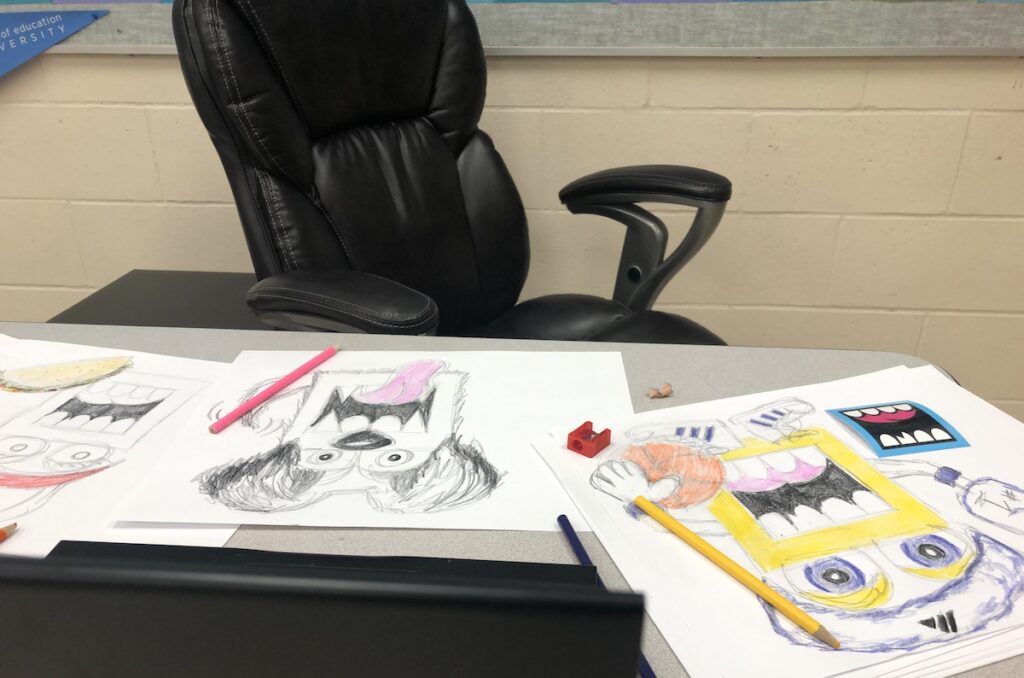
Teachers are generally positive people to begin with. We chose a career to help young people discover a creative way to express themselves and to help them improve those skills. We love our jobs! No job comes without challenges, though. No job is free of disappointments, frustrations, and heartaches.
For some reason, teachers are expected to remain positive through it all. Not only is there an expectation to be positive, but also to work longer hours, take on additional duties, and live and breathe the life of a teacher 24/7. Our careers do not define us. We genuinely love teaching art, but we also love our families. We enjoy caring for our pets, taking time to ourselves, and a variety of hobbies and interests that have nothing to do with school. We need to remember to take care of our whole selves now more than ever.
Let’s Be Real
When you decided to pursue a degree in education, this was not what you had in mind. When you started your career in teaching, this is not what you had your heart set on. As you progressed in your career and gained experience, this is not what you wanted to do.
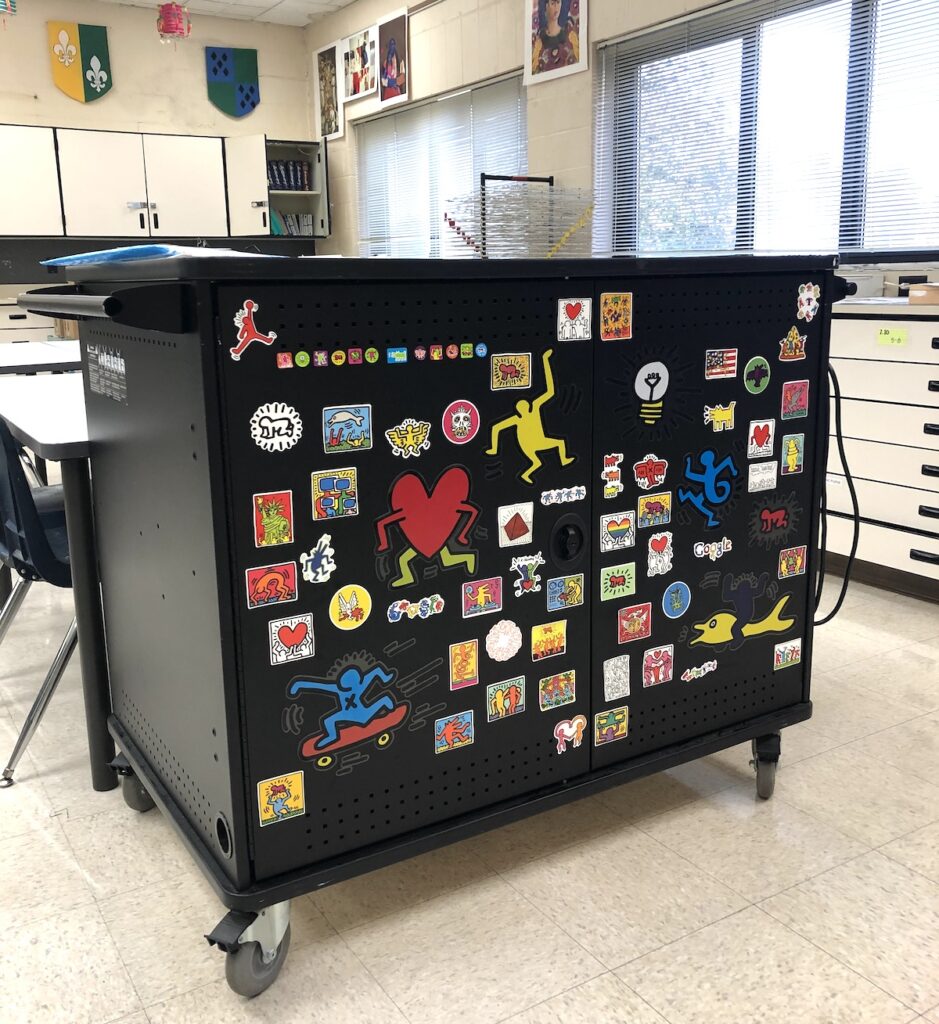
None of us could have imagined the conditions we would face this year. This isn’t what we signed up for. This isn’t the job we loved.
We have to look closely to find those moments, those sparks of magic that only come from being an art teacher. They’re still there! They just look and feel different.
Final Thoughts
Remember that it’s okay to be discouraged, to feel less than positive about your current circumstances. You don’t have to be perfect. You only need to show up and be your best for your students. You will continue to give them the best art education experience you can within the limits of your control. Don’t tell yourself you have to do it all. Do the job to the best of your ability. Find small victories in your teaching and interactions with students. This is not what you signed up for, but it’s still the best job in the world for you.
How are you taking care of your emotional health?
What small victories have you experienced this year?
What do you miss most from pre-COVID teaching?
Magazine articles and podcasts are opinions of professional education contributors and do not necessarily represent the position of the Art of Education University (AOEU) or its academic offerings. Contributors use terms in the way they are most often talked about in the scope of their educational experiences.





